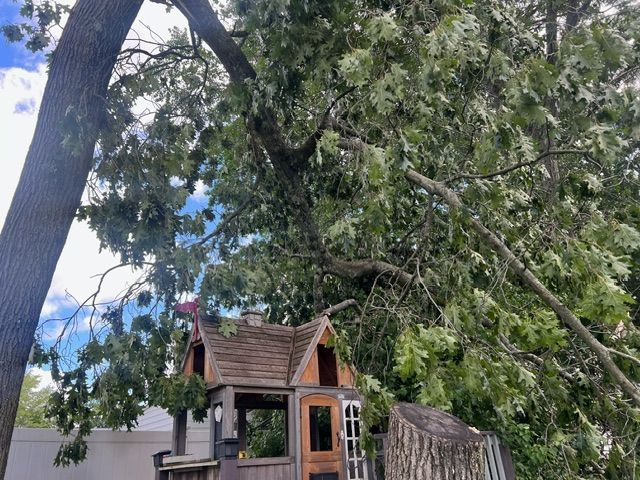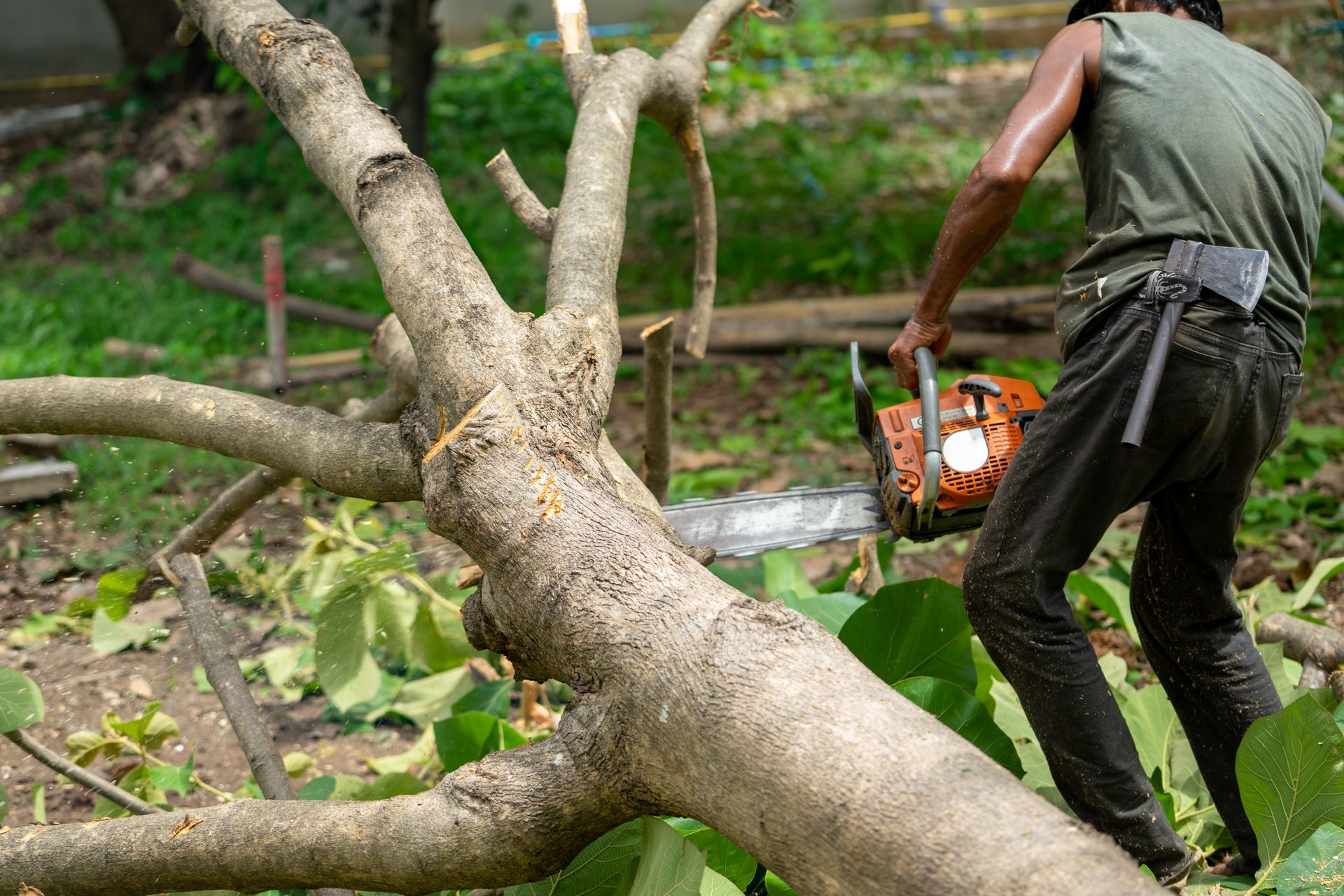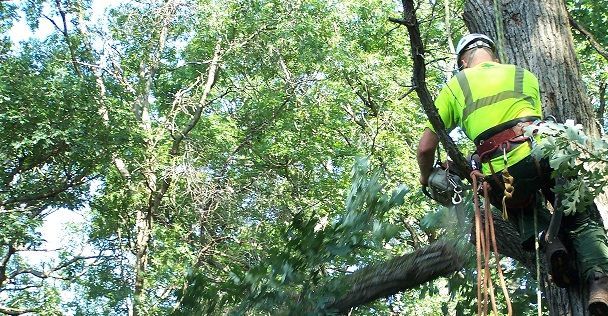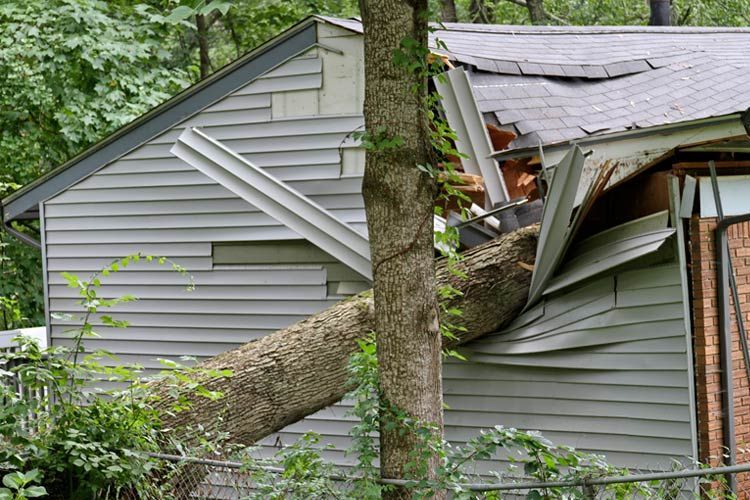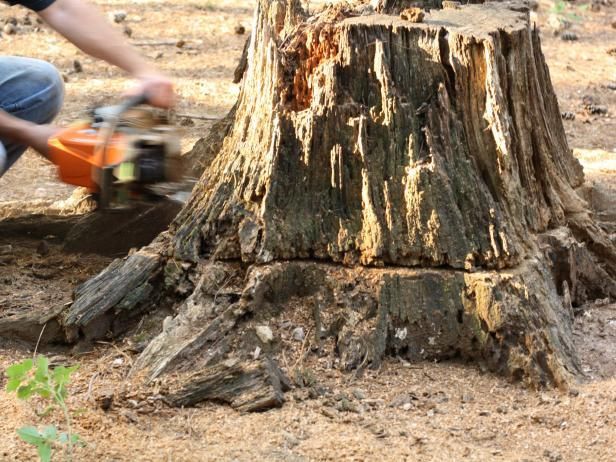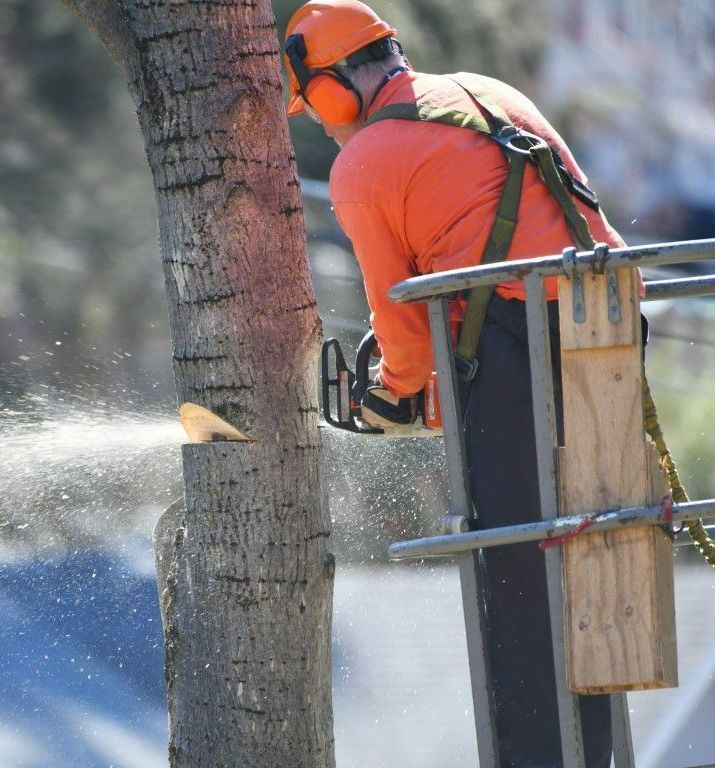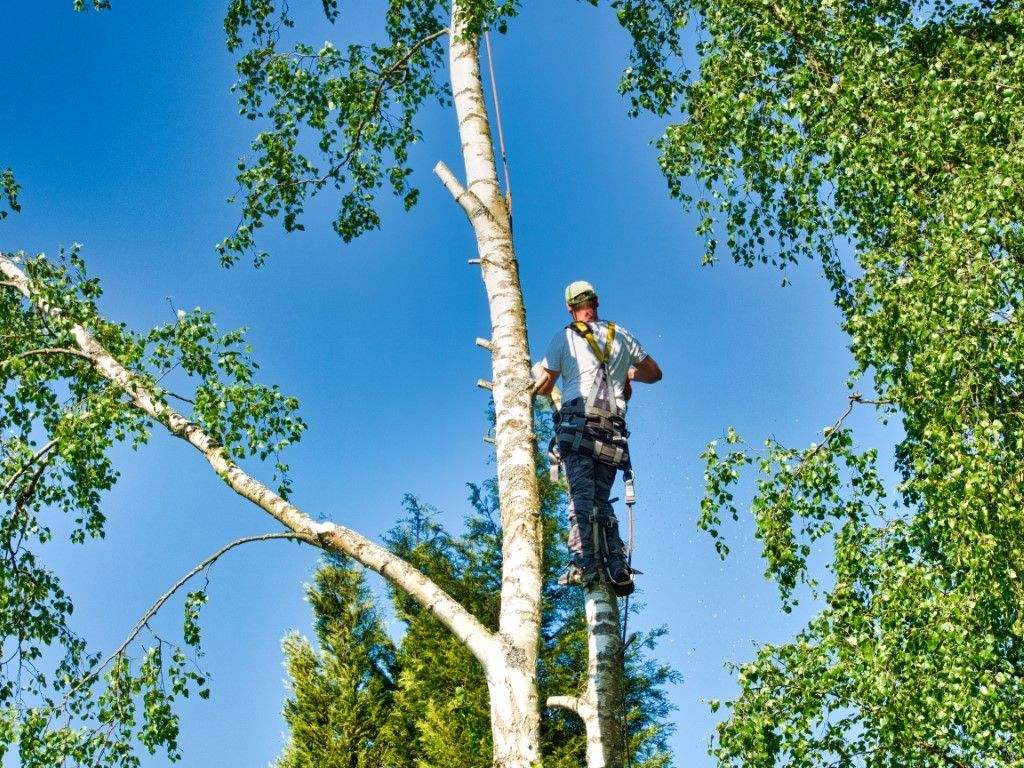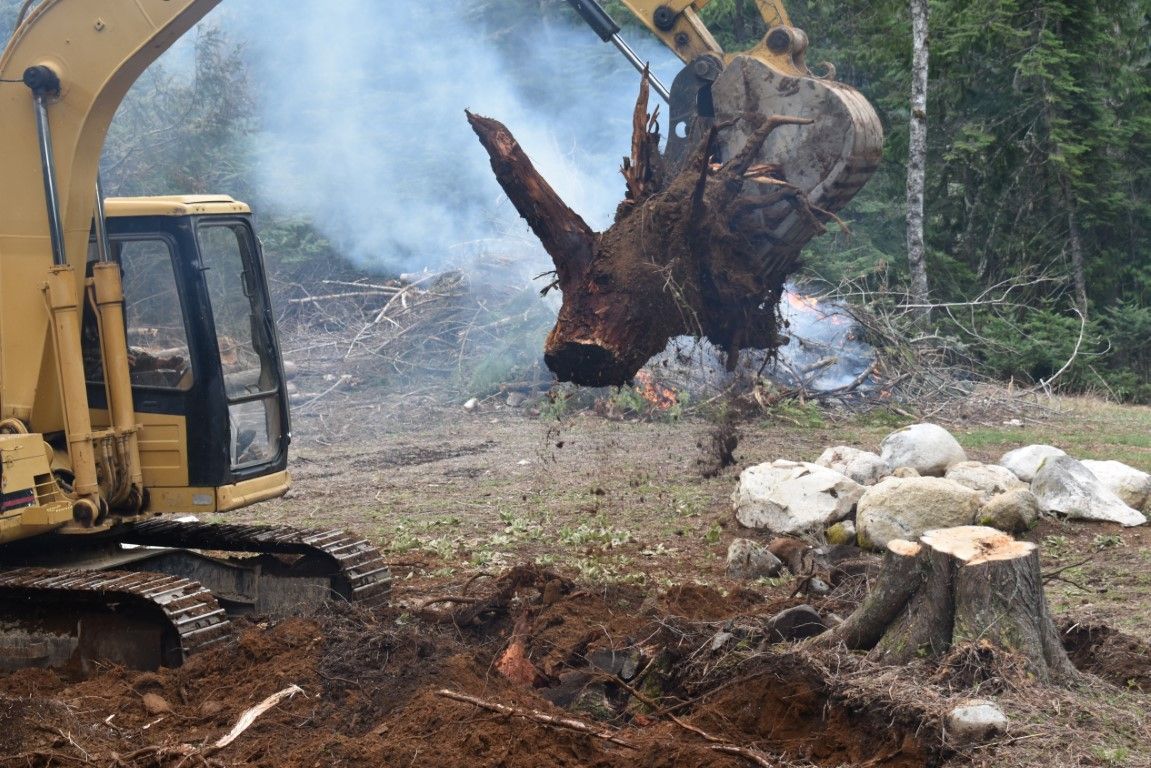Can I Replant a Tree After Stump Grinding?
Replanting a Tree After Stump Grinding:
If you've recently removed a tree using stump grinding in your yard, you may be contemplating planting a new tree in its place. Stump grinding effectively eliminates tree stumps but leaves behind wood chips and sawdust that can impact the soil. This guide delves into the process of replanting a tree after stump grinding, essential considerations, and how to ensure the new tree flourishes in its new environment.
Understanding Stump Grinding
Stump grinding involves using a specialized machine to grind a tree stump below ground level, leaving behind wood chips and sawdust in the soil. While effective, the leftover debris can affect soil quality and hinder the growth of new plants.
Replanting After Stump Grinding: Key Considerations
- Soil Quality: Wood chips and sawdust from stump grinding can alter the soil's composition and nutrient content. It's crucial to remove as much debris as possible and add new, nutrient-rich soil before replanting.
- Root Competition: Old tree roots may still be present in the soil, competing with the new tree for nutrients and water. Removing old roots before replanting is essential for the new tree's success.
- Species Selection: Choose a tree species suited to your property's conditions and soil quality, considering factors such as sunlight exposure, soil moisture levels, and climate compatibility.
- Timing: Wait several months after stump grinding before replanting to allow the soil to settle and any remaining
. debris to decompose. This waiting period also allows time to assess the site and make necessary so amendments.
Steps for Successful Replanting
- Debris Removal: Clear the planting area of wood chips, sawdust, and any remaining stump fragments using a shovel, rake, or other tools.
- Soil Preparation: Dig a hole wide and deep enough to accommodate the new tree's root ball, breaking up any compacted soil at the bottom to promote root growth.
- Planting: Position the tree in the center of the hole, ensuring the top of the root ball is level with the surrounding ground. Backfill the hole with soil, gently tamping it down to remove air pockets.
- Mulching: Apply a layer of mulch around the base of the tree, being careful not to mound it against the trunk. Mulch helps retain moisture, suppresses weeds, and protects the tree's roots.
- Watering: Water the newly planted tree thoroughly immediately after planting, and continue to water regularly, especially during dry periods, to help establish its root system.
- Monitoring and Care: Monitor the tree's growth and health in the months following planting. Prune any dead or damaged branches and fertilize as needed to promote healthy growth.
Replanting a tree after
stump grinding requires careful planning and consideration. By following the steps outlined in this guide and understanding the challenges and benefits, you can ensure your new tree thrives and enhances the beauty and health of your property for years to come.
